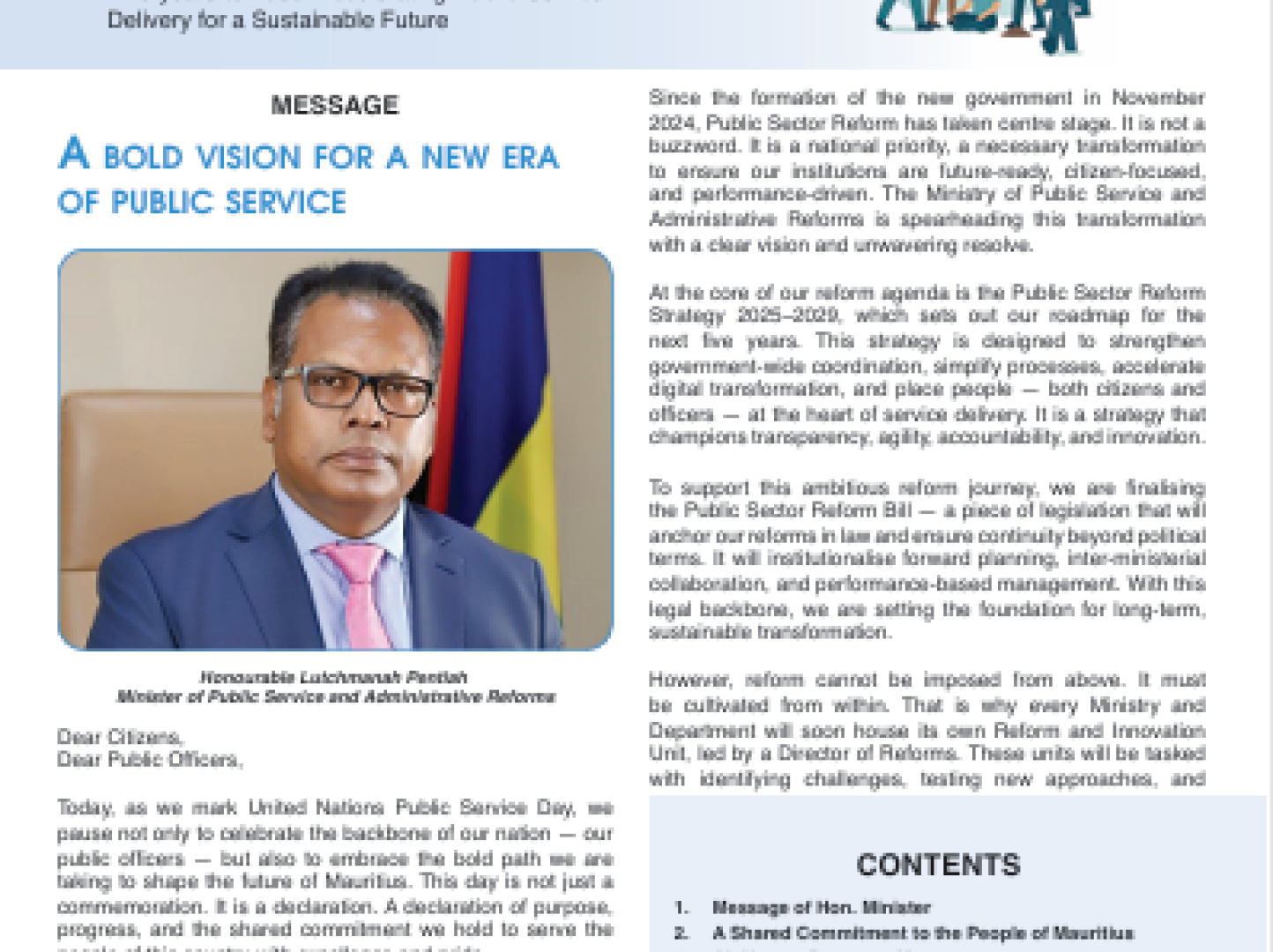The Western Indian Ocean Large Marine Ecosystems SAPPHIRE

PROJECT BACKGROUND
SAPPHIRE project builds on the previous work completed under the UNDP supported GEF financed Agulhas and Somali Current Large Marine Ecosystems (ASCLME) project in close collaboration with different partners. The Transboundary Diagnostic Analysis (TDA) undertaken by the countries of the western Indian Ocean region with the joint support of ASCLME and SWIOF Projects provided a scientific and technical synthesis report on the status of the Agulhas and Somali Current Large Marine Ecosystems. The synthesis presented in the TDA was used to develop a Strategic Action Programme (SAP) to address the problems of greatest concern that are facing the marine and coastal ecosystems of the WIO region. In line with the SAPPHIRE project is designed to implement the priority set in WIO LMEs SAP.
The joint ASCLME-SWIOFP TDA and SAP were intended to be complementary to the TDA and SAP for land-based sources of pollution produced by the WIO-LaB project: Addressing Land Based Sources of Pollution in the Western Indian Ocean (UNEP/Nairobi Convention Secretariat 2009). Throughout the implementation, the project will coordinate closely with the UNDEP GEF WIOLaB SAP project with the intention of harmonizing activities and ultimately combining institutional and administrative process for a single implementation strategy for the two WIO SAPs.
SAPPHIRE project aims to support and assist the appropriate and formally mandated government institutions and intergovernmental bodies in the region to implement related activities in order to deliver the SAP and to ensure sustainability of efforts and actions toward long-term management of WIO LMEs as well as the sustainability of associated institutional arrangements and partnerships. The project will benefit Governments of Comoros, Kenya, Madagascar, Mauritius, Mozambique, Seychelles, Somalia, South Africa and Tanzania. The overall Objectives of the Project is to achieve effective long-term ecosystem management in the Western Indian Ocean LMEs in line with the Strategic Action Programme as endorsed by the participating countries. It has five integrated components and each of them are intended to achieve various outcomes.
The overall Objectives of SAPPHIRE Project is to achieve effective long-term ecosystem management in the Western Indian Ocean LMEs in line with the Strategic Action Programme as endorsed by the participating countries. It has five integrated components and each of them are intended to achieve various outcomes.
Component 1: Supporting Policy Harmonization and Management Reforms towards improved ocean governance.
Component 2: Stress Reduction through Community Engagement and Empowerment in Sustainable Resources Management.
Component 3: Stress Reduction through Private Sector/Industry Commitment to transformations in their operations and management practices
Component 4: Delivering best practices and lessons through innovative ocean governance demonstration
Component 5: Capacity Development to Realize improved ocean governance in the WIO region












